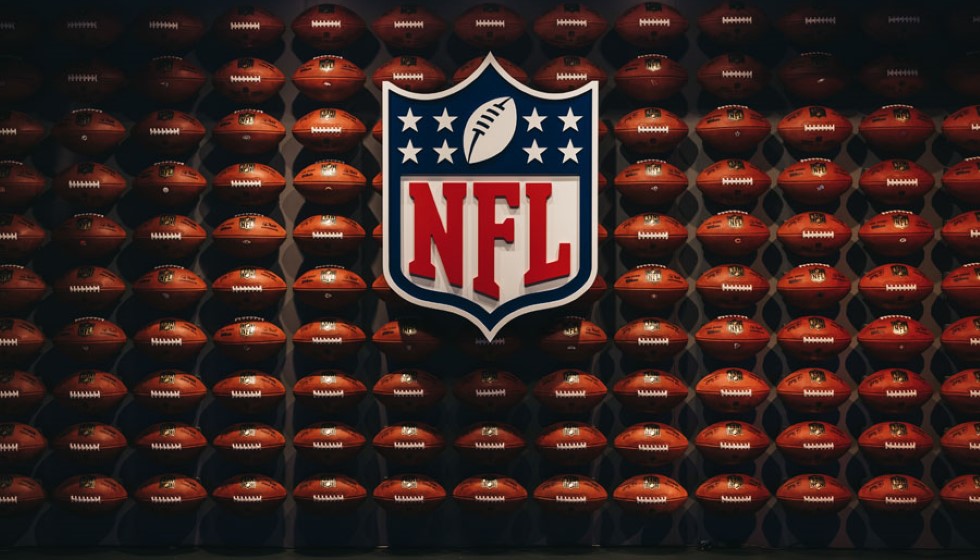
In May 2023, the sports world was abuzz with the news that NFL legend Tom Brady was in discussions to acquire a limited partnership stake in the Las Vegas Raiders. The potential move sparked considerable excitement, with fans and pundits speculating about the impact Brady could bring to the franchise as an owner. However, the journey from discussions to realization has been far from straightforward, and more than a year later, the deal is yet to receive the approval of NFL owners.
The core of the approval delay lies in the contentious offer proposed by Raiders owner Mark Davis. Markedly, Davis suggested selling Brady a stake in the team at a "steep discount over market value." This proposal has ruffled feathers among NFL owners, who are concerned about the potential precedent such a deal could set. A discounted sale could introduce inequities in the league's ownership dynamics and thus has become a point of friction in the discussions.
Concerns among league owners extend beyond just the financial terms of the deal. Brady's profile as one of the most famous athletes in the world adds layers of complexity. Owners are particularly wary about the level of access Brady could have within the league, fearing that his high profile as a partial owner could blur lines and introduce conflicts of interest, especially given his possible future role as a broadcaster.
Broadcast Restrictions Detailed
To address these concerns, the NFL has drafted stringent broadcast restrictions tailored specifically to Brady’s unique situation. During a league meeting held in Minneapolis, a comprehensive presentation titled "Brady -- Broadcast Restrictions" was shared with the assembly of owners. The presentation laid out the specific limitations that would govern Brady's activities should his ownership bid be approved.
These restrictions are designed to maintain a clear separation between Brady's ownership and any potential broadcasting roles he may undertake. For instance, Brady would be barred from being present in another team's facility and witnessing their practices. Additionally, he would not be allowed to attend broadcast production meetings, ensuring he cannot leverage inside information that might compromise competitive fairness.
Furthermore, the presentation outlined punitive measures for potential oversteps. Brady would face fines or suspensions if he were to overstep his boundaries, particularly in his critique of game officials or other clubs. The league is also enforcing its gambling and anti-tampering policies rigorously in this context. Under these regulations, Brady would be permitted only "strictly social communication with members of other clubs."
Future Voting and Implications
The next opportunity for NFL owners to vote on Brady's proposal is slated for October. This meeting is highly anticipated, as it promises to finally bring some resolution to the prolonged discussions. The outcome will have significant implications not just for Brady and the Raiders, but for the broader landscape of NFL ownership and governance.
As the NFL continues to navigate this complex process, the key challenges remain balancing the excitement of having a legendary figure like Brady within their ranks and maintaining the stringent standards and impartiality that define the league's operations. The detailed restrictions and the scrutiny of the proposed terms underscore the league's commitment to fairness and integrity, even as it stands on the brink of potentially transformative change.
The decision in October will be a pivotal moment. It will either usher in a new era where one of the game's greatest players transitions to an influential ownership role or reaffirm the league’s commitment to its traditions and principles. As fans, commentators, and stakeholders eagerly await the resolution, the discussions around Brady's potential ownership continue to resonate across the football world, highlighting the intricate interplay between fame, influence, and the sport's enduring values.